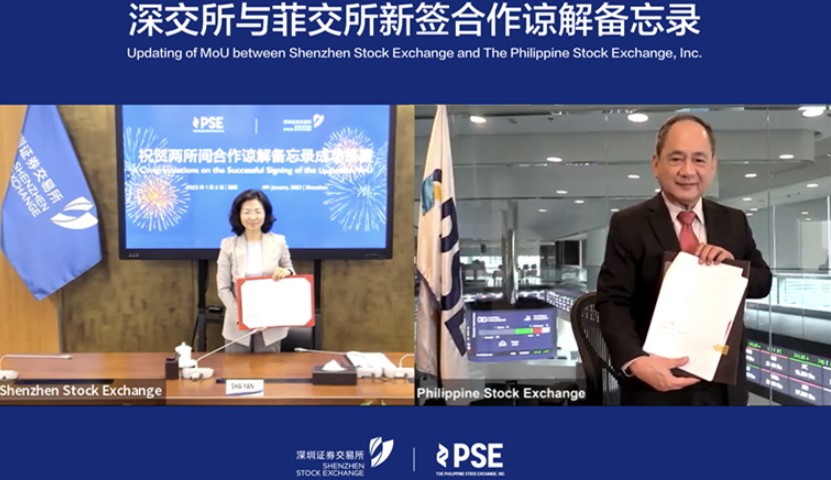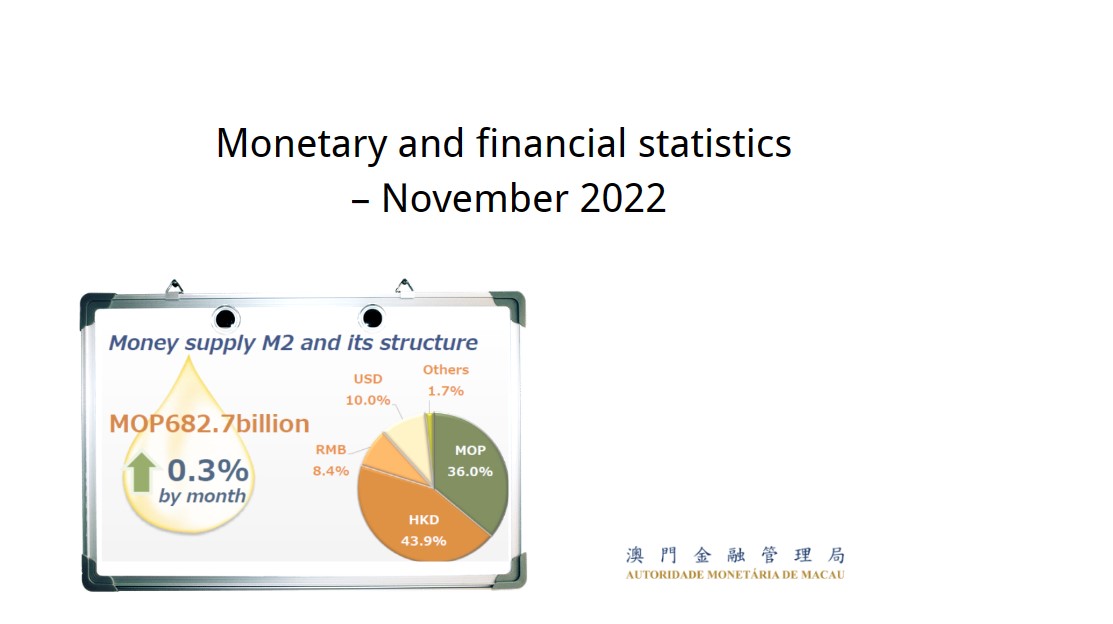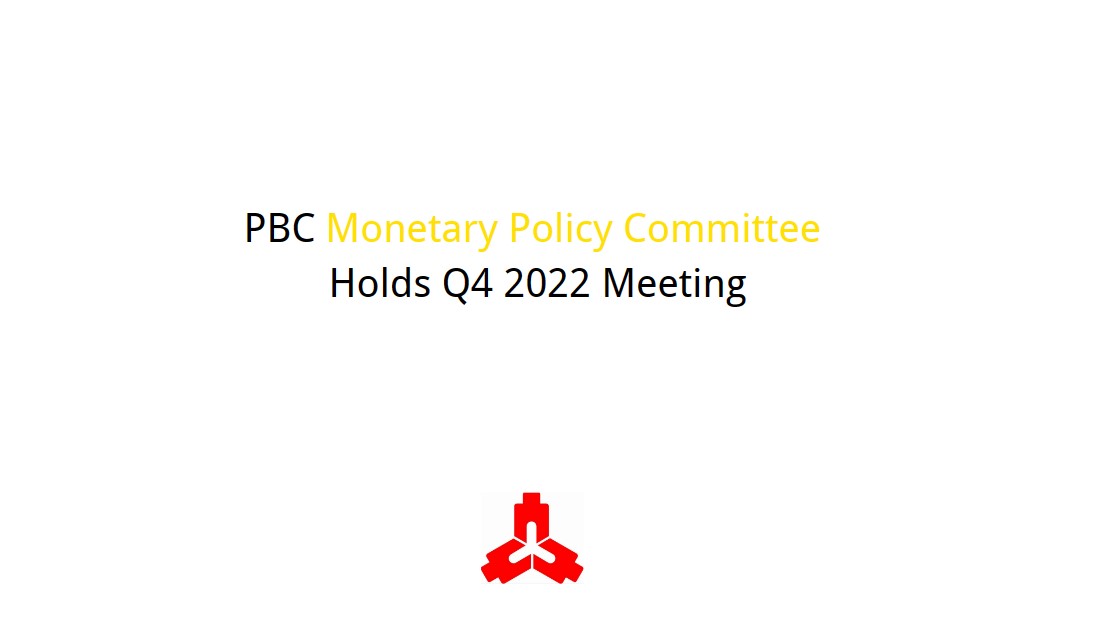SSE Issues Four Rules on Asset-backed Securities Business
The Shanghai Stock Exchange (SSE) issued Guideline No. 1 for the Confirmation of Shanghai Stock Exchange Asset-Backed Securities Listing Conditions - Application Documents and Preparation (hereinafter referred to Guideline No. 1), Guideline No. 2 for the Confirmation of Shanghai Stock Exchange Asset-Backed Securities Listing Condition - Major Categories of Underlying Assets (hereinafter referred to Guideline No. 2), Guideline No. 3 for the Confirmation of Shanghai Stock Exchange Asset-Backed Securities Listing Condition - Categorized Review (hereinafter referred to Guideline No. 3) and Guideline No. 4 for Confirmation of Shanghai Stock Exchange Asset-Backed Securities Listing Condition - Specific Types of Asset-backed Securities (hereinafter referred to Guideline No. 4). These are important measures taken by SSE under the guidance of China Securities Regulatory Commission (CSRC) to build a "simple and use-friendly" rules and system, establish an open, transparent and predictable institutional mechanism, and enhance the ability of the bond market to serve the real economy.
In recent years, SSE has earnestly implemented the national strategy and actively played the function of the asset-backed securities market to help increase the proportion of direct financing. By the end of November 2022, a total of 5.47 trillion yuan in asset-backed securities was issued on the SSE, with an outstanding amount of 1.39 trillion yuan, leading the high-quality development of the domestic asset-backed securities market, effectively supporting supply-side reform, revitalizing the existing assets, and broadening financing channels for enterprises. To deepen reforms to "delegate power, streamline administration and optimize government services" and adapt to the needs of the market in the new development stage, the SSE adheres to the principle of "true sale & bankruptcy isolation" based on actual problems, summarizes practical experience timely, comprehensively sorts out, optimizes and integrates the existing rules, and formulates four business rules on issuance admission standard, information disclosure, categorized review and specific types, in order to strengthen the endogenous constraints of the market, improve the institutionalization, standardization and transparency of review work to provide stable expectations for market entities.
Enhancing information disclosure requirements and strengthening the endogenous constraints of the market
Centering on information disclosure, Guideline No. 1 focuses on information disclosure in application documents of asset-backed securities and requirements on intermediary verification to make the information disclosure more standardized, regulated, targeted and effective. First, to refine the requirements for the preparation of the plan statement, optimize the provisions on the period of validity of financial statements, focus on the underlying assets and cash flow, business participants' operation and financial situation, and highlight the importance of information disclosure; second, to focus on the characteristics of underlying assets, clarify three information disclosure requirements on creditor's rights, future operating income and real estate mortgage, improve the disclosure content about business model and asset pool, and make the information disclosure more targeted; third, to strengthen the gatekeeping responsibility of intermediaries, comprehensively standardize the preparation of legal opinions, credit rating reports, cash flow forecast reports and asset evaluation reports, and urge market entities to be diligent and responsible.
Clarifying review matters and strengthening supervision on issuance admission
Focusing more on substance than form, Guideline No. 2 regulates the admission standards for seven basic assets of three major categories, namely, creditor's rights, future operating income and real estate mortgage, and strengthens asset credit, to improve the transparency of review and strengthen quality control. First, to clarify general rules on admission, specify common requirements for underlying assets, cash flow, transaction structure and business participants, and strengthen compliance verification by intermediary institutions. Second, to optimize the admission of creditor's rights, clarify the general requirements for creditor's rights, improve the current standards for accounts receivable and financial leasing creditor's rights, add the requirements on new small loans and enterprise financing creditor's rights, and add the contents on verification of project quality guarantee deposit and non-performing creditor's right. Third, to improve the standards on future operating income, optimize the requirements on existing infrastructure and PPP, focus on sustainable operations, and strengthen the requirements on operating cost coverage. Fourth, to clarify the requirements on real estate mortgage credit, strengthen the review of rationality on valuation and cash flow forecast, and strengthen the asset's credit.
Optimizing financing services and improving the effectiveness of financing supervision
In accordance with the principle of promoting good assets and limiting bad assets, Guideline No. 3 clarifies the hierarchical and categorized supervision mechanism for asset-backed securities projects, to improve the financing efficiency of high-quality projects. First, to establish and optimize review standards, highlight the asset credit while considering the credit of market entities, support the assets of creditor's rights with high dispersion and good quality as well as real estate assets with good bankruptcy isolation, and clarify the requirements on high-quality market entities from the four indicators of credit status, financing record, financial compliance, and breaches and violations. Second, to establish hierarchical optimization measures and clarify six measures to optimize review, including to shorten the review time limit, simplify information disclosure, adopt a multi-manager joint application, shelf offering, simulated asset pool application, and extension of the validity of financial reports. Third, to simplify the application process and strengthen regulatory coordination, allow eligible enterprises to submit optimized review applications for both corporate bonds and asset-backed securities, so as to enhance the convenience and sense of gain of market entities. Fourth, to continue to regulate admission, review more strictly on specific situations, set up dynamic adjustment mechanisms, and strengthen arrangements for investor protective mechanism.
Standardizing requirements on specific types and deepening support for national strategy
Guideline No. 4 standardizes the identification standards, information disclosure and intermediary verification requirements for eight specific types of asset-backed securities, aiming to guide the market's innovative development and deepen support for key areas of national strategy. First, based on the characteristics of asset-backed securities products, to clarify identification standards from two dimensions, namely, the source of underlying assets and the use of funds, enhance the requirements on targeted information disclosure and intermediary verification. Second, to encourage innovation of transaction structure, introduce innovative structure allowing follow-up offering, support the rolling and continuous issuance of asset-backed securities, improve and revitalize the flexibility of assets and issuance efficiency, and further reduce the financing costs of enterprises. Third, to pay attention to the coordination with the supervision of credit bond products, and make the identification standards of products involving the five specific types of green development, low-carbon transformation, rural revitalization, Belt and Road, and technological innovation consistent with corporate bond rules.
Next, the SSE will, based on the new development stage, implement the new development concept, provide better services to build a new development pattern, continue to adhere to the principle of "building the system, non-intervention and zero tolerance", follow the unified deployment of the CSRC, adhere to openness and transparency, constantly improve the rules and system of asset-backed securities, guide market entities to adhere to their positions and responsibilities, stimulate market innovation and development, further leverage the functions of the asset securitization market, promote high-quality development of the bond market, and continuously improve the quality and efficiency of serving national strategies and the real economy.





















































First, please LoginComment After ~